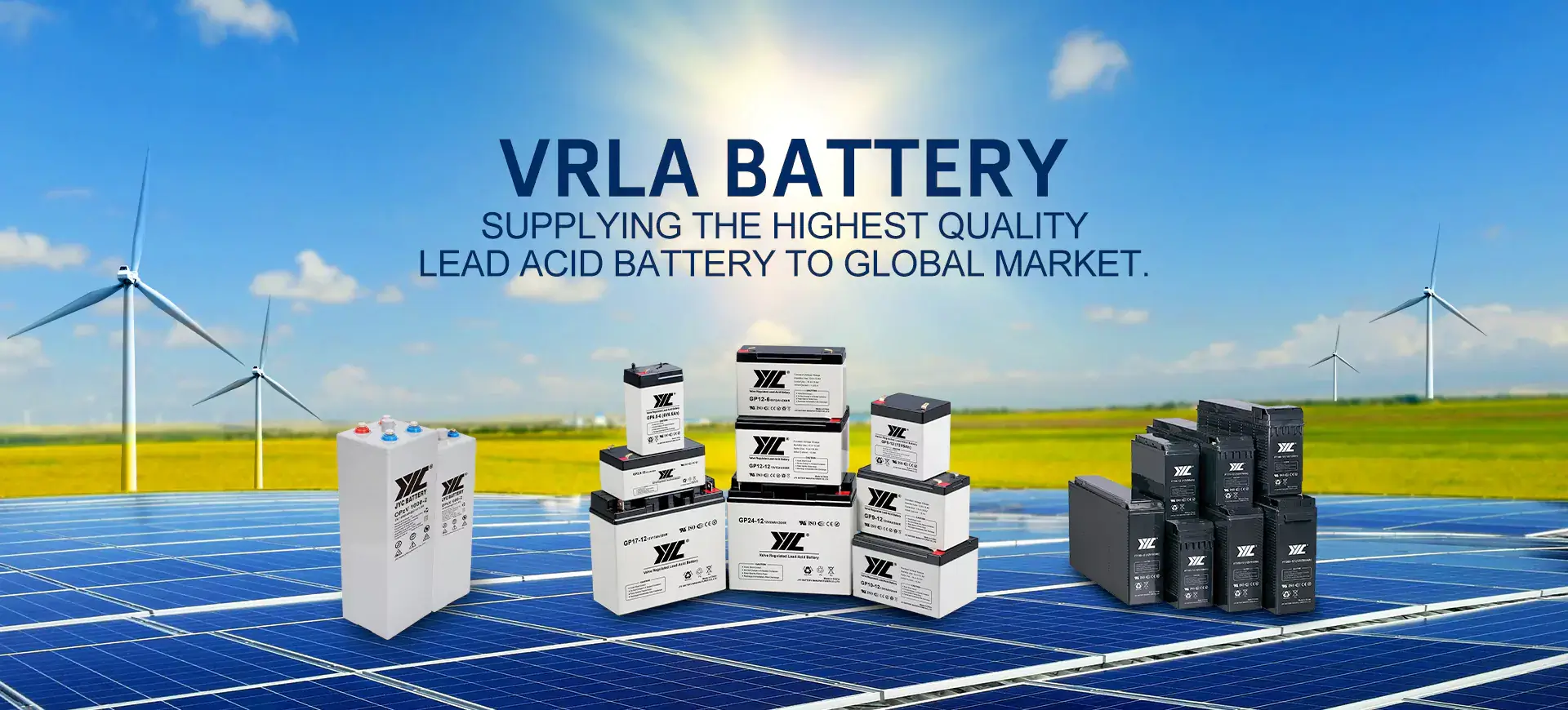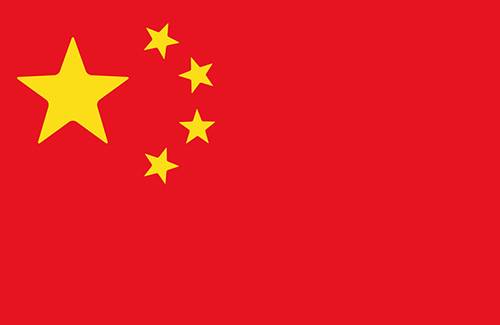
Current Market of Lead-Acid Battery
China leads the world in lead-acid battery production, export, and consumption. China’s lead-acid market is primarily driven by the world’s largest electric vehicle manufacturer. China produced 27.81 million passenger cars in 2018. In electric vehicles, lead-acid batteries are used to start the vehicle and ignite the engine. According to the International Energy Agency, China produces 40% of the world’s electric cars, making it the country with the largest electric vehicle market share. Over the next few years, the market is expected to grow at a breakneck pace due to the rising demand for electric vehicles. The development of the electric vehicle market increases the need for lead-acid batteries.
China’s lead-acid battery production accounts for 45% of the world’s total production capacity, followed by the United States, with lead-acid battery production accounting for 32%. And Japan accounts for 13% of the world’s total. Showing that China is a major lead-acid battery producer. China has invested in factories by attracting the EU, USA, Japan, South Korea, etc. China absorbed advanced international technologies, making China’s lead-acid battery manufacturing technology close to the top international level. It is why China’s production of lead-acid batteries accounts for a large proportion of the world.
Lead-acid batteries VS lithium-ion batteries
After 150 years of development of lead-acid batteries, the industry is very mature, and there are many downstream radiation fields. Lead-acid batteries have progressed in theoretical research, product types, varieties, and electrical properties. Therefore, lead-acid batteries have played an indispensable and vital role in various economic fields such as transportation, communication, electricity, military, and navigation.
Lead-acid batteries still occupy the leading role in the electric vehicles industry. However, lithium batteries have played a specific role in replacing lead-acid batteries in electric bicycles. But due to the prohibitive cost and the application maturity, safety and recycling use rate are not as good as lead-acid batteries.
Compared with lithium batteries, lead-acid batteries have lower energy density and weight than lithium-ion batteries, so the cycle life is shorter than lithium batteries. Still, lead-acid batteries have the advantages of low price, good safety, wide temperature adaptability, and high recovery rate.
The global lead-acid battery market size is growing
In 2019, the global lead-acid battery market size reached US$57.8 billion, an increase of US$3.7 billion from 2018. The global lead-acid battery market still maintains a steady growth trend.
Automobile start-up batteries are the most important use of lead-acid batteries. In 2019, the global lead-acid battery start-up products accounted for more than half, reaching 54%, followed by stationery battery and power lead-acid battery products, accounting for 22% and 18%, respectively.
The development of China’s lead-acid battery industry
In 2021, the export value of China’s main battery varieties will be 34.931 billion US dollars, and the export value in 2020 will be 21.726 billion US dollars, a year-on-year increase of 60.78%. Among them, the export value of lithium-ion batteries accounted for 81.38%, the export value of lead-acid batteries accounted for 10.24%, and the export value of zinc-manganese/alkaline-manganese batteries accounted for 5.60%, the export value of nickel-metal hydride batteries accounted for 1.30%. The export value of nickel-cadmium batteries accounted for 0.23%.
China exported 47.45 million starter lead-acid batteries in 2021 and 36.45 million in 2020, up 30.18% year-on-year compared with the previous year. In 2021, China’s export value of lead-acid starter batteries was 877million US dollars; in 2020, the export value was 724million US dollars, an increase of 21.13% year on year. The start-up lead-acid batteries produced in China are mainly exported to Nigeria, the United States, Mexico, Indonesia, Malaysia, Ghana, the United Arab Emirates, Germany, Iraq, Saudi Arabia and other countries.
In 2021, the export volume of other types of lead-acid batteries produced in China was 151 million, and in 2020, the export volume was 133 million, an increase of 13.53% compared with the previous year. In 2021, the export value of other lead-acid batteries produced in China was USD 2.701 billion, and in 2020, the export value was USD 2.335 billion, an increase of 15.67% year on year. Other types of lead-acid power storage produced in China are mainly exported to the United States, Germany, Russia, Malaysia, Italy, Brazil, Australia, the United Arab Emirates, the Netherlands and Vietnam.
Will COVID-19 Crisis Hamper Lead Acid Battery Market Growth Outlook?
The outbreak of covid-19 in 2020 has hurt the lead-acid battery market. In response to covid-19, governments worldwide have imposed a blockade, which has reduced the industrial demand of end-users such as automobiles and negatively impacted. In addition, countries’ unnecessary trade restrictions, the closure of manufacturing plants, and supply chain disruptions have hurt the lead-acid battery market. The growth of the automobile industry and the low cost of lead may promote the development of the lead-acid battery market. However, the decline in the price of lithium-ion batteries and the increase in the sales of electric vehicles may inhibit the growth of the lead-acid battery market in the next few years.
Due to the growth of the global automotive industry, SLI batteries are expected to dominate the lead-acid battery market. With the decline in the cost of solar photovoltaic equipment and the supporting measures of eliminating carbon emissions and promoting renewable energy globally, the utilization rate of off-grid solar projects will increase significantly. Solar energy development will provide a vast opportunity for the lead-acid battery market.
Most of the demand for lead-acid batteries comes from China, Japan, and India. The Asia Pacific region will dominate the lead-acid battery market in the future.
Lead-acid battery growth trend
In recent years, the global lead-acid battery market has continued to grow. In 2019, the global lead-acid battery market reached US$57.8 billion, a year-on-year increase of 6.8%. The global lead-acid battery market sales reached US$53.53 billion in 2021 and are expected to reach US$67.8 billion in 2028, with a compound annual growth rate (CAGR) of 3.4%
Asia-Pacific, Europe, and the United States have become the main markets for the lead-acid battery industry.
Asia-Pacific, Europe, and the United States are the main markets for the lead-acid battery industry. In 2019, the lead-acid battery market in Asia-Pacific, Europe, and the United States accounted for more than 79%. The Asia-Pacific market accounted for 58%, Europe and the United States accounted for 22%, and other regions accounted for 20%. According to data released by Global Market Insights.
The starter lead-acid batteries account for the most significant proportion.
From the perspective of product composition, among the global lead-acid batteries, lead-acid starter batteries account for the largest share. According to data released by Grand View Research, the global starter lead-acid battery market accounted for 54% in 2019, and fixed lead-acid batteries accounted for 54%. The scale of acid batteries accounted for 22%, and the scale of power lead-acid batteries accounted for 18%.
The demand for lead-acid batteries in the automotive field accounts for the most significant proportion.
From the proportion of demand in various application fields, the need for lead-acid batteries in the automotive starting field accounts for the most significant proportion, reaching 45%. The demand for lead-acid batteries in the electric vehicle power field accounts for nearly 28%, and the need for lead-acid batteries in the communication field accounts for 45%. The ratio is about 8%, and the demand for lead-acid batteries from solar and wind power generation accounts for nearly 6%.
The development prospects of the lead-acid battery industry
Lead-acid batteries are simple in composition, mature in regeneration technology, and have high recovery value. They are the most accessible batteries to achieve recovery and recycling. The reuse rate of charge in lead-acid waste batteries in the United States has exceeded 98.5%, and the reuse rate of waste lead-acid batteries in China has also reached more than 90%. Nickel-cadmium, nickel-hydrogen, and lithium-ion batteries are primarily small batteries with complex compositions, high regeneration costs, and difficulty in recycling, making it difficult for the regeneration industry to achieve market-oriented operations.
Lead-acid batteries have the largest market share and the broadest range of use among chemical batteries, especially in applications such as starting and large-scale energy storage, and are difficult to be replaced by other new batteries for a long time. Lead-acid batteries have good ability consistency and maintain consistency in series and parallel use of batteries. Good charging acceptance. In an unstable charging environment, it has stronger charging acceptance. Long life, reduced repair and maintenance costs, and lower overall system investment.
According to the application fields, China’s lead-acid batteries can be mainly divided into four categories: backup power batteries, energy storage batteries, starting batteries, and power batteries.
Lead-acid batteries account for 75% of global rechargeable batteries and energy storage devices. In addition to operating vehicle starting, lighting, and ignition batteries, lead batteries support all energy storage applications, from backup power in data centers, mobile networks, and hospitals to motorcycles, electric vehicles, forklifts, boats, and military applications. Lead-acid batteries are increasingly used for renewable energy storage, including solar power plants, wind power plants, and microgrids.
In recent years, through the continuous technology introduction of the lead-acid battery industry and the investment and establishment of factories in China by countries such as Europe, the United States, Japan, and South Korea, the manufacturing technology of China’s main lead-acid battery products has approached the advanced international level. China is the world’s largest lead-acid battery producer, consumer, and exporter.



